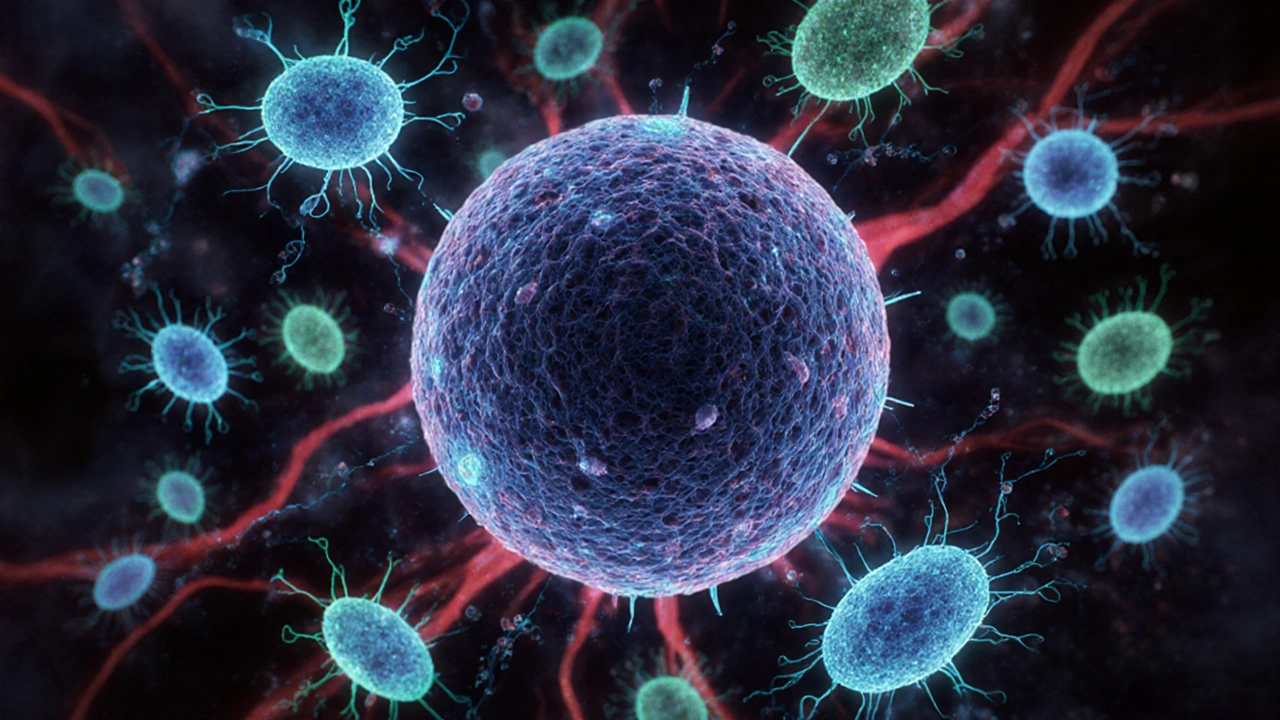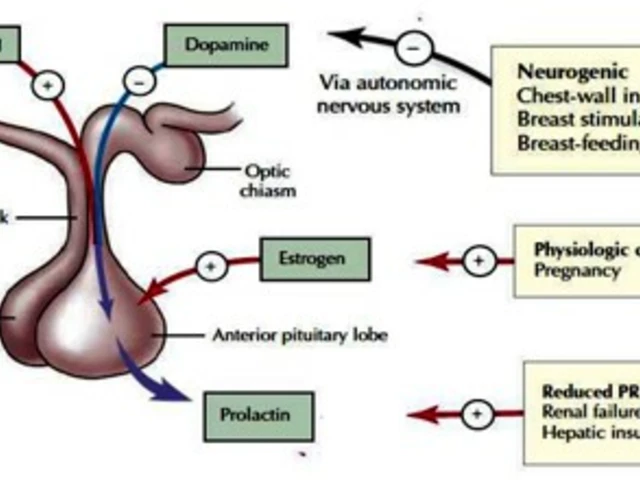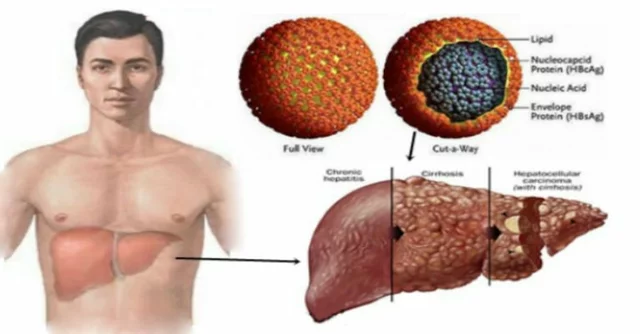Pediatric Cancer – What You Need to Know
When dealing with pediatric cancer, a set of malignant diseases that develop in children and teens. Also known as childhood cancer, it requires specialized care, long‑term monitoring, and a blend of modern therapies. Chemotherapy, the use of cytotoxic drugs to destroy fast‑growing tumor cells is often the first line of attack, but it rarely works alone. Immunotherapy, treatments that boost the body’s immune response against cancer has changed the outlook for many pediatric patients, especially those with high‑risk or relapsed disease. Together, these approaches shape the core of pediatric oncology, a field that balances aggressive disease control with the need to protect a child’s growth and development.
Key Elements That Shape Pediatric Cancer Care
Beyond chemo and immunotherapy, Clinical trials, structured research studies testing new drugs or treatment combos drive progress and often give patients access to cutting‑edge options that aren’t yet standard. Radiation therapy, targeted agents, and stem‑cell transplants each fill specific gaps, tailoring treatment to the tumor’s genetics and location. The importance of a multidisciplinary team—pediatric oncologists, surgeons, nurses, pharmacists, and psychosocial specialists—can’t be overstated; they coordinate dosing schedules, manage side effects, and support families through the emotional rollercoaster. In practice, medication safety becomes a daily focus. The posts below cover dozens of drugs you might encounter during a child’s cancer journey: from anti‑emetics that soothe chemotherapy‑induced nausea to antibiotics that prevent infections during periods of low white‑blood‑cell counts. Understanding drug interactions, dosage adjustments for kids, and how to spot early warning signs can cut complications and keep treatment on track.
Whether you’re a parent looking for plain‑language explanations, a student entering pediatric oncology, or a clinician searching for quick drug comparisons, the collection ahead offers practical guidance. You’ll find side‑effect profiles, cost‑saving tips for generics, and clear comparisons between similar medications—all curated with the unique needs of children in mind. Dive in to see how the science of pediatric cancer translates into real‑world treatment decisions and everyday care strategies.

Rhabdomyosarcoma & Immune System: Essential Facts
Learn how rhabdomyosarcoma interacts with the immune system, the latest immunotherapy options, and actionable steps for patients and families.
View More




